Britain’s great railway stations: Victorian eclecticism, modern genius and one that is a true work of art
Simon Jenkins lauds our most romantic and architecturally significant railway stations, some of the unsung triumphs of British conservation.
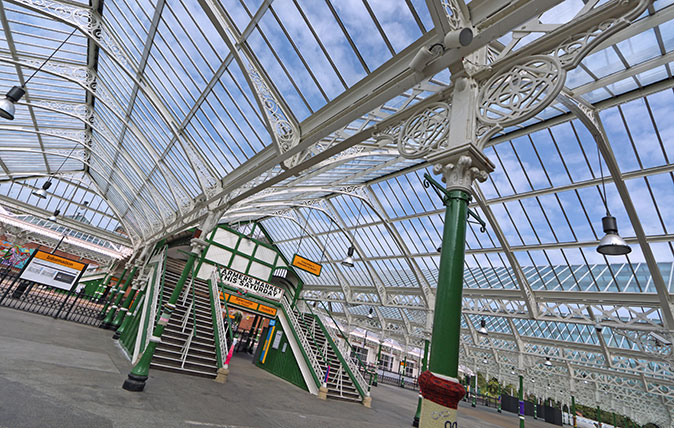

Britain’s loveliest railway station rests sleepily on the banks of the Clyde, looking across to the Scottish islands and the Isle of Bute. It is the Wemyss Bay terminus for the Rothesay ferry, the only station that, in my opinion, qualifies as a coherent work of art.
Built by the Glasgow architect James Miller in 1903, its shafts, ribs and vaults spring from a central hub, like the supports of a cathedral chapter house. Wide platforms swerve into the distance in scimitars of steel and glass. Once crowded with Glasgow daytrippers, Wemyss Bay is now a peaceful place, restored in the care of devoted local ‘friends’, who tend its flowers and host a genteel bookshop and tearoom.

The recent renaissance of station architecture is one of the unsung triumphs of British conservation. We know of the revival of trains and railways. The core network is booming and Dr Beeching’s branch-line cuts are a grim memory.
However, stations have seemed blighted by an image of neglect and decrepitude. Until the 1980s, their grimness was ingrained, fuelling a sense that a ‘real’ station must be modern and minimalist.
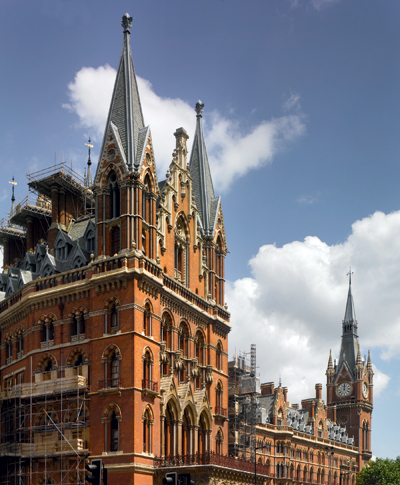
The tide turned, in part through privatisation, somewhere between the loss of Francis Thompson’s Derby station in the 1980s and the restoration of Paddington in the 1990s. British Rail was baulked in its attempt to demolish St Pancras. Paint pots and carpenters supplanted bulldozers.
The Railway Heritage Trust was formed in 1984 and, in 2003, Gordon Biddle published his great gazetteer of railway architecture. The ascendant Victorian Society had long glorified churches, mansions and town halls. Now, at last, it peered beneath the soot and grime and found a Cinderella of the age.
'Gradually, respect was shown for the stylish eclecticism of the Victorian station: Tudor at Bristol Temple Meads, Palladian at Hull and Huddersfield, Loire châteaux at Norwich and Slough, Hanseatic Gothic at Middlesbrough, clerical at Carlisle and Hereford and seaside Italianate at Brighton'
Those who attended the nocturnal reopening of St Pancras in November 2007 will not forget the gasps of admiration from assembled royalty and political and industrial VIPs as the floodlights blazed across Barlow’s mighty shed. I noted that many of those present had been in the forefront of the fight for its demolition.
Exquisite houses, the beauty of Nature, and how to get the most from your life, straight to your inbox.
Now, all of a sudden, this station symbolised the new age of transcontinental rail, accompanied by Brunel’s cathedral-like roof at Paddington and others at Liverpool Street, York and Newcastle.
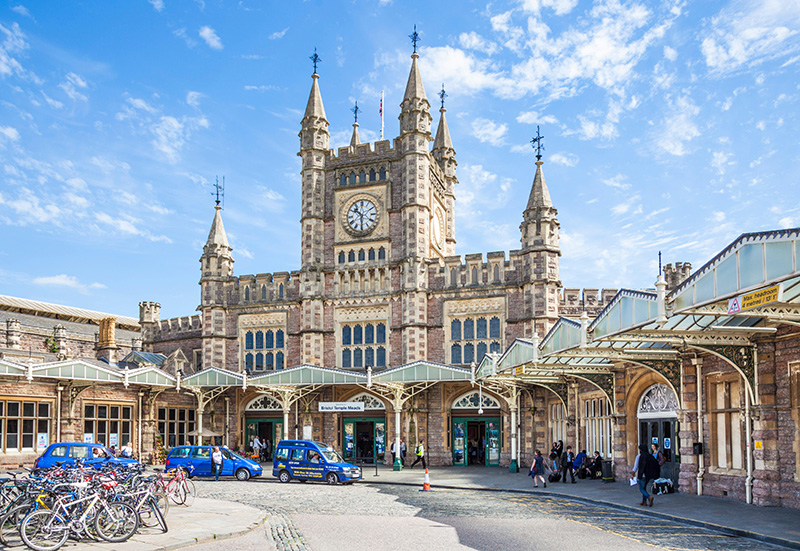
Gradually, respect was shown for the stylish eclecticism of the Victorian station: Tudor at Bristol Temple Meads, Palladian at Hull and Huddersfield, Loire châteaux at Norwich and Slough, Hanseatic Gothic at Middlesbrough, clerical at Carlisle and Hereford and seaside Italianate at Brighton. Nowhere is the 19th century’s ‘battle of the styles’ more on display than in stations.
The engineers or architects responsible for these buildings remain the unknowns of British design. Yorkshire’s railway king George Hudson had his in-house architect, George Andrews, replicate the villas of the Veneto across the North-East. The Fox family of civil engineers switched from building the Crystal Palace to the shed roofs at Paddington and Bristol.
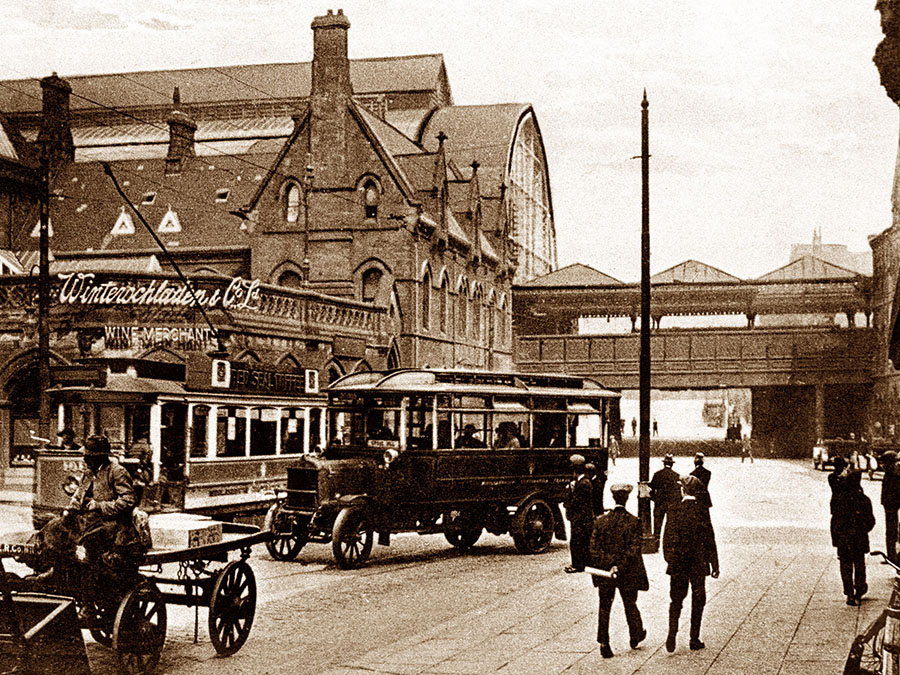
In Kent and Surrey, Charles Driver and David Mocatta toyed with various forms of Italianate, such that it became known as ‘railway style’. Sancton Wood brought his bizarre Baroque to Stamford and Bury St Edmunds. Sir William Tite, one of the few railway architects with a wider practice, performed in Perth, Carlisle, Windsor and Eton and even tiny Eggesford in Devon.
I find it’s the smaller stations that reflect this architectural variety most endearingly. Architects struggled to defer to their localities. Battle’s vestry-like ticket hall in East Sussex echoes the local abbey. Tynemouth’s holiday concourse might be ready for a funfair.
The brilliantly coloured botanical ironwork at Great Malvern is a match for the foliage carvings of medieval Southwell. Aviemore might be stuck on the side of the Swiss Alps. As for Windsor and Eton, it was clearly intended to calm Queen Victoria’s fear of trains by mimicking a country shooting box.
Equally encouraging is the recent rescue of the few stations dating from the 20th century. The Great Western’s little-known Percy Culverhouse added an Art Deco office block to Paddington and designed (or oversaw) new stations for Cardiff, Aberystwyth and Leamington Spa. In Manchester, the Oxford Road station was a passing imitation of the contemporary Sydney Opera House. We find a fine pastiche of Mies van der Rohe glowing in the Newcastle suburb of Jesmond.
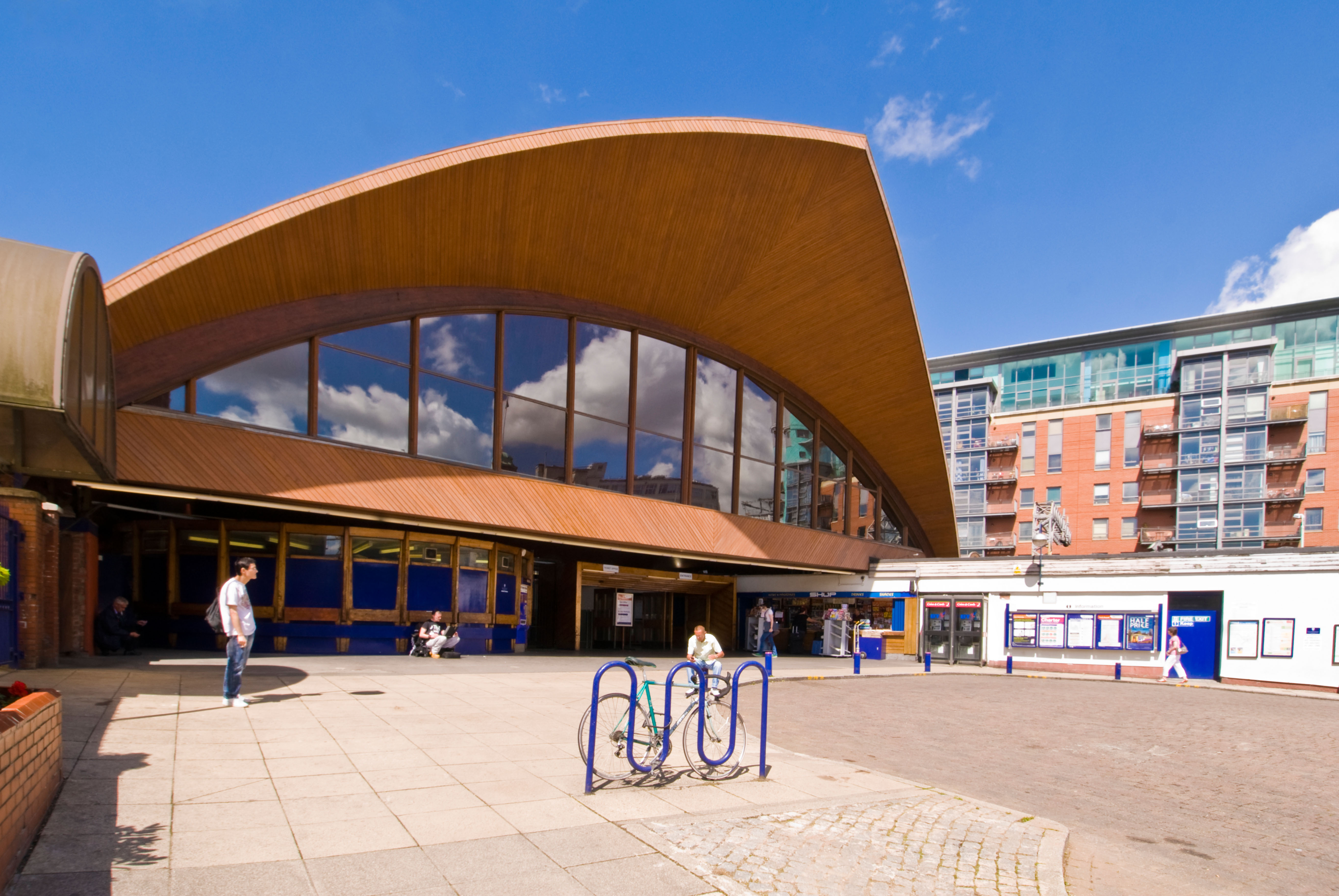
The restoration of London Transport’s inter-World War stations by Charles Holden has been honoured in those commissioned in the 1990s by Denis Tunnicliffe for the Jubilee Line extension.
Norman Foster’s majestic Canary Wharf, Richard McCormac’s Southwark and Michael Hopkins’s Westminster must qualify as the acceptable face of Brutalism. They rank among the finest Underground stations in the world.
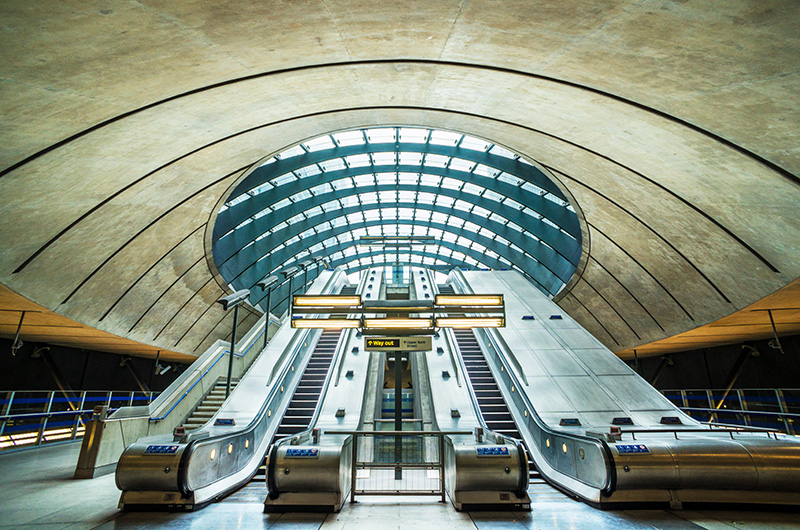
There have also been more peculiar revivals. Bit by bit, the walking wounded of the Beeching era have been brought back to life by the extraordinary ‘alternative railway’ – the so-called heritage lines. Half a dozen in the 1970s have grown into an astonishing 108 private operational lines, not including rail museums, in every corner of the land.

These depend almost entirely on the services of some 20,000 unpaid and passionately committed staff of all ages and walks of life.
They care for some 440 stations with an attention that puts the main network to shame, such as the immaculate Sheffield Park on the Bluebell line and Porthmadog on the Ffestiniog. Pay someone to clean a station – or an engine – and he might do it well. Ask him to do it for free and it will be immaculate.

I return to Wemyss Bay. If its interior has the quality of a chapter house, its exterior epitomises the stylistic eccentricity of railway building down the decades. It defies categorisation. We can discern a Swiss chalet and a Spanish colonial estancia, a Queen Anne villa and Art Nouveau detailing. It has the overall panache of an American beachside boardwalk.
Wemyss Bay’s flowers are as glorious as its paintwork is subtle – in Caledonian ‘caley broon and duck’s fit’ (brown and cinnamon). Walking the deserted concourse is a statue of a small boy, purposefully off on holiday and holding a boat. Lucky boy.
‘Britain’s 100 Best Railway Stations’ by Simon Jenkins is published by Viking (£25)

Credit: Alamy
Britain's most beautiful narrow-gauge railways, from Norfolk to Wales

Britain's 100 best Railway Stations: Simon Jenkins on the gateways to our railways

Town mouse on St Pancras
Clive is impressed by St Pancras Station as he takes the Eurostar to a party in Paris
Country Life is unlike any other magazine: the only glossy weekly on the newsstand and the only magazine that has been guest-edited by His Majesty The King not once, but twice. It is a celebration of modern rural life and all its diverse joys and pleasures — that was first published in Queen Victoria's Diamond Jubilee year. Our eclectic mixture of witty and informative content — from the most up-to-date property news and commentary and a coveted glimpse inside some of the UK's best houses and gardens, to gardening, the arts and interior design, written by experts in their field — still cannot be found in print or online, anywhere else.
